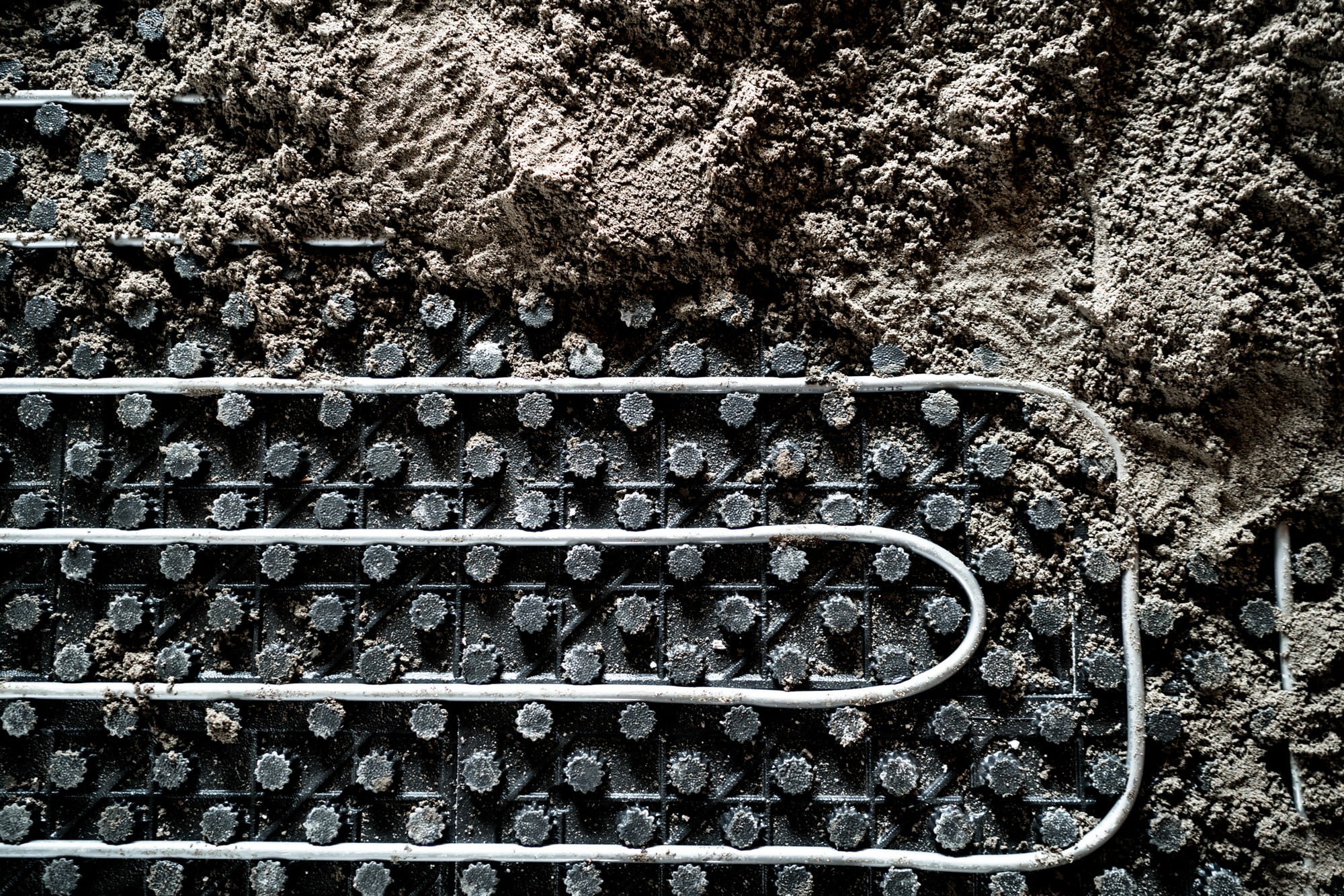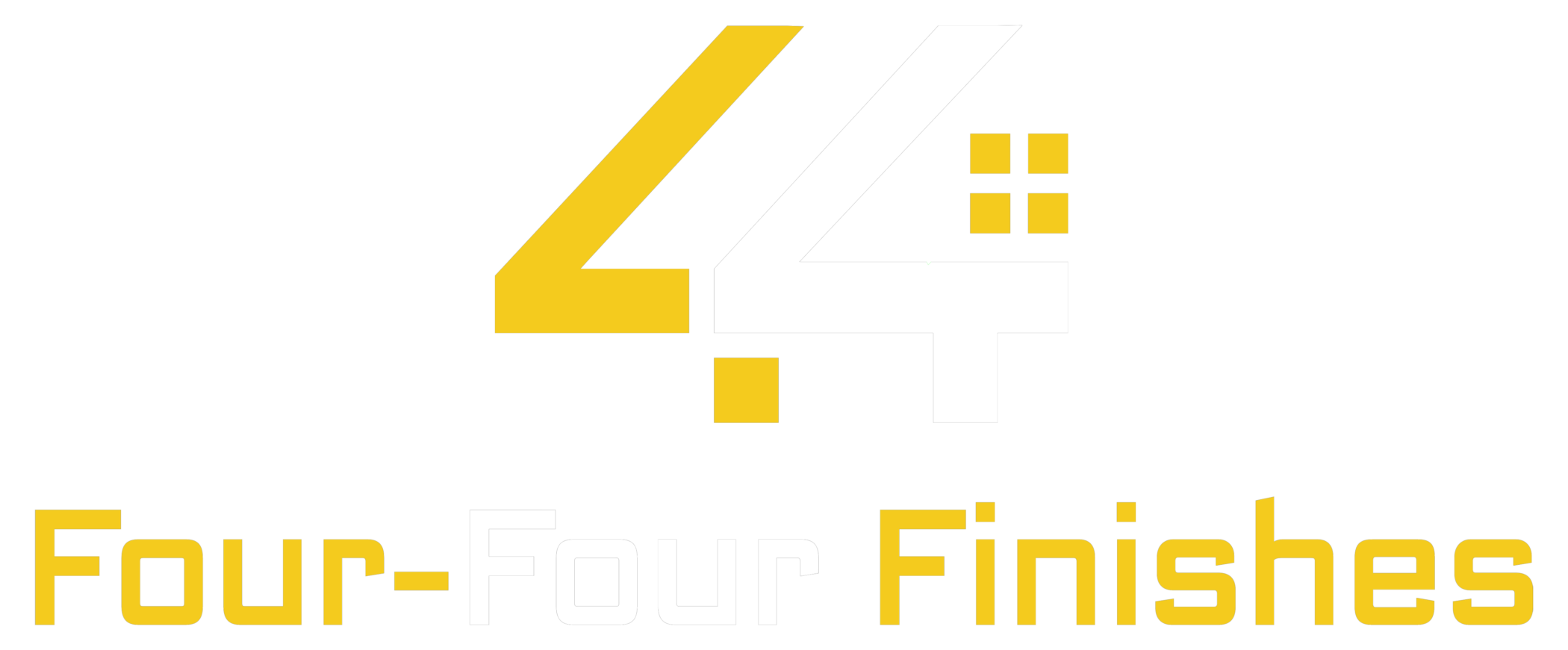How Long Does Screeding Take to Dry and Why It's Crucial for Your Project
Screeding is an essential aspect of any flooring project, providing a smooth and level surface to ensure the best results. At Four-Four Finishes, we often get asked, "how long does screeding take to dry?" The drying time is crucial because it impacts the progression of subsequent tasks. In this blog, we'll delve into the factors that affect screeding drying times and why understanding these can make or break your project.
Understanding Screeding and Its Importance
Screeding is the process of applying a cement-based material over a concrete floor to create an even surface for the final flooring. This step is pivotal for the longevity and appearance of your flooring. We offer comprehensive floor screeding services that meet your specifications, ensuring a perfect finish.
Call us on 07824859412

Factors Influencing Screeding Drying Time
Type of Screed Used
The type of screed plays a significant role in determining the drying time. Traditional sand and cement screeds typically take longer to dry compared to anhydrite or fast-drying screeds. For instance, traditional screeds may take around one day per millimetre to dry under optimal conditions, while some specialist screeds can be ready for foot traffic within 24 hours.
Internal Links:
- Learn more about our dry lining services.
- Explore our rendering services.
Environmental Conditions
The drying process of screed is heavily influenced by environmental factors such as temperature, humidity, and air flow. Warmer temperatures and good ventilation can accelerate drying times, whereas high humidity levels can significantly slow down the process.
Thickness of the Screed
Drying time also correlates with the thickness of the screed layer applied. Generally, the thicker the screed, the longer it will take to dry. For example, a 50mm traditional screed might take approximately 50 days to dry, assuming standard environmental conditions.
Presence of Additives
Some additives can be mixed with the screed to hasten drying times. These compounds facilitate moisture evaporation, allowing the screed to set and dry more quickly, which is particularly beneficial for tight project schedules.
Why Proper Drying Time is Crucial
Avoiding Cracks and Shrinkage
Rushing the drying process can lead to cracks and shrinkage in the screed. Ensuring the screed dries fully before proceeding keeps your floor level and crack-free, maintaining both structural integrity and aesthetic appeal.
Ensuring Adhesion of Floor Coverings
Proper drying time ensures that floor coverings such as tiles, vinyl, or carpet adhere well to the screed. Inadequate drying results in poor bonding, eventually leading to replacements or repairs.
How We Ensure Optimal Drying Times
At Four-Four Finishes, we utilise the latest techniques and materials to balance screed application and drying time effectively. Here’s how we manage this:
Professional Assessment and Planning
Our team conducts thorough site assessments to determine the optimal screed type and additives required, ensuring the perfect balance between application efficiency and drying times. We also consider environmental conditions to tailor our strategy for each project.
Use of Modern Equipment
We employ advanced equipment to control environmental factors such as humidity and temperature. This ensures consistent drying, minimising risks associated with too-fast or too-slow drying processes.


Real-World Example
Recently, we completed a project in central London where we had to screed an extensive floor area. The client was on a tight timetable, so we opted for a fast-drying anhydrite screed. By controlling the environmental factors meticulously, we managed to reduce the drying time to just a week, allowing other trades to follow without unnecessary delays.
Related Services
- Discover our tacking services for drywall installations.
- Cheque out our coving services for detailed interior finishings.


Conclusion
Understanding how long screeding takes to dry can significantly influence the timeline and success of your flooring project. At Four-Four Finishes, we manage all aspects of screeding to ensure optimal drying times, maintaining quality and meeting project deadlines.
Ready to plan your next project? Get in touch with us today to find out how our experts can help you achieve the perfect finish.
Call to Action
For more information about our services or to request a consultation, visit our contact page. Interested in learning more about who we are and what we do? Cheque out our about page.
By considering all these factors, we ensure that your flooring is not just functional but also aesthetically pleasing and durable. Whether it’s a residential property or a commercial space, we provide bespoke solutions tailored to your needs. Get in touch to explore how we can elevate your project with our professional screeding services.

